Author Archives: Alex Cruz Farmer
Author Archives: Alex Cruz Farmer


Our Firewall Analytics tool enables customers to quickly identify and investigate security threats using an intuitive interface. Until now, this tool had only been available to our Enterprise customers, who have been using it to get detailed insights into their traffic and better tailor their security configurations. Today, we are excited to make Firewall Analytics available to all paid plans and share details on several recent improvements we have made.
All paid plans are now able to take advantage of these capabilities, along with several important enhancements we’ve made to improve our customers’ workflow and productivity.

Previously, Enterprise customers could view 14 days of Firewall Analytics for their domains. Today we’re increasing that retention to 30 days, and again to 90 days in the coming months. Business and Professional plan zones will get 30 and 3 days of retention, respectively.
In addition to the extended retention, we are introducing adaptive sampling to guarantee that Firewall Analytics results are displayed in the Cloudflare Dashboard quickly and reliably, even when you are under a massive attack or otherwise receiving a large volume of requests.
Adaptive sampling works similar to Netflix: when your internet connection runs low Continue reading

Cloudflare has released a new rule as part of its Cloudflare Specials Rulesets, to protect our customers against a high-severity vulnerability in vBulletin.
A new zero-day vulnerability was discovered for vBulletin, a proprietary Internet forum software. By exploiting this vulnerability, bad actors could potentially gain privileged access and control to the host servers on which this software runs, through Remote Code Execution (RCE).
At Cloudflare, we use three key indicators to understand the severity of a vulnerability 1) how many customers on Cloudflare are running the affected software 2) the Common Vulnerability Scoring System (CVSS) score, and 3) the OWASP Top 10, an open-source security framework.
We assess this vulnerability to be very significant as it has a CVSS score of 9.8/10 and affects 7 out of the 10 key risk areas of the OWASP 2017 Top 10.
Remote Code Execution is considered a type of injection, which provides the capability to potentially launch a catastrophic attack. Through RCE an attacker can gain privileged access to the host server that might be running the unpatched and vulnerable version of this software. With elevated privileges the attacker could perform malicious activities including discovery of additional Continue reading

Today, I’m very pleased to announce the release of a completely overhauled version of our Firewall Event log to our Free, Pro and Business customers. This new Firewall Events log is now available in your Dashboard, and you are not required to do anything to receive this new capability.

We have done away with those pesky modals, providing a much smoother user experience. To review more detailed information about an event, you simply click anywhere on the event list row.

In the expanded view, you are provided with all the information you may need to identify or diagnose issues with your Firewall or find more details about a potential threat to your application.
Cloudflare has several Firewall features to give customers granular control of their security. With this control comes some complexity when debugging why a request was stopped by the Firewall. To help clarify what happened, we have provided an “Additional matches” count at the bottom for events triggered by multiple services or rules for the same request. Clicking the number expands a list showing each rule and service along with the corresponding action.


At Cloudflare, one of our top priorities is to make our products and services intuitive so that we can enable customers to accelerate and protect their Internet properties. We're excited to launch two improvements designed to make our Firewall easier to use and more accessible, and helping our customers better manage and visualize their threat-related data.
We have re-organised our features into meaningful pages: Events, Firewall Rules, Managed Rules, Tools, and Settings. Our customers will see an Overview tab, which contains our new Firewall Analytics, detailed below.

All the features you know and love are still available, and can be found in one of the four new tabs. Here is a breakdown of their new locations.
| Feature | New Location |
|---|---|
| Firewall Event Log | Events (Overview for Enterprise only) |
| Firewall Rules | Firewall Rules |
| Web Application Firewall | Managed Ruleset |
| IP Access Rules (IP Firewall | Tools |
| Rate Limiting | Tools |
| User Agent Blocking | Tools |
| Zone Lockdown | Tools |
| Browser Integrity Check | Settings |
| Challenge Passage | Settings |
| Privacy Pass | Settings |
| Security Level | Settings |
If the new sub navigation has not appeared, you may need to re-login to the dashboard or clear your browser’s cookies.
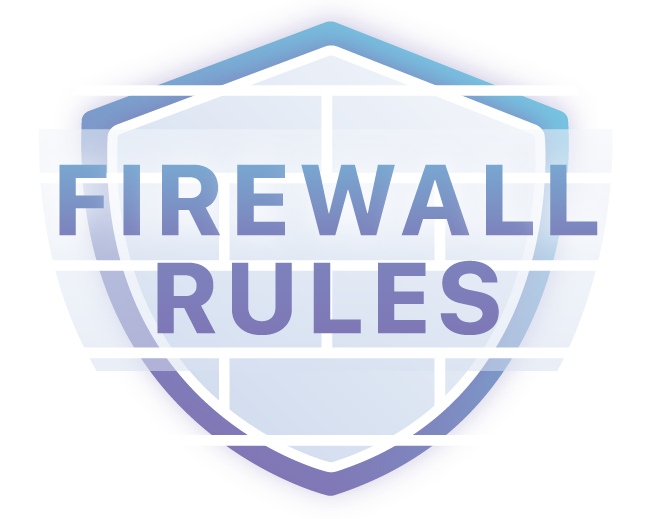

Firewall Rules are one of the best security features we released this year and have been an overwhelming success. Customers have been using Firewall Rules to solve interesting security related use cases; for example, advanced hotlink protection, restricting access to embargoed content (e.g. productId=1234), locking down sensitive API endpoints, and more.
One of the biggest pieces of feedback from the Cloudflare community, Twitter, and via customer support, has been around the order in which rules are actioned. By default, Firewall Rules have a default precedence, based on the actions set on the rule:
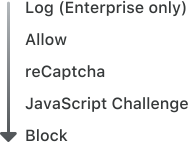
If two or more rules match a request, but have different actions, the above precedence will take effect. However, what happens if you've got a bad actor who needs to be blocked from your API, and you have other specific allow or challenge rules already created for their originating ASN or a perhaps one of your URLs? Once a Firewall Rule is matched, it will not continue processing other rule, unless you are using the Log action. Without a method of overriding the default precedence, you cannot easily achieve what's needed.
Today, we’re launching the ability for customers to change the ordering of their rules. Continue reading

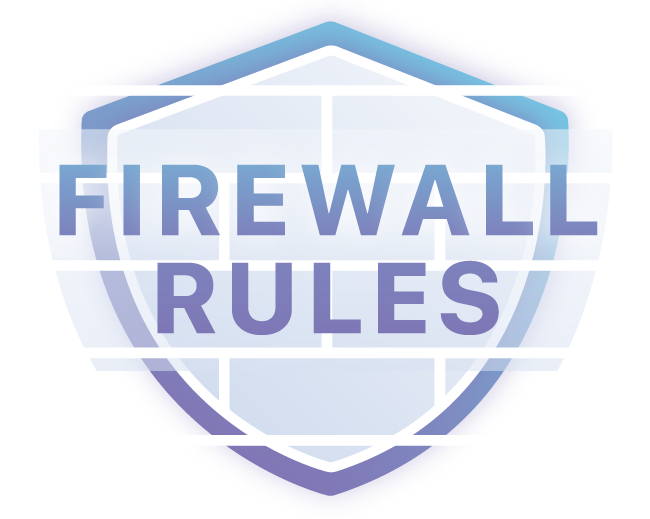
Threat landscapes change every second. As attackers evolve, becoming more dynamic and devious, vulnerabilities materialize faster than engineers can patch their applications. Part of Cloudflare’s mission is to keep you and your applications safe. Today, Cloudflare is launching a new feature, giving customers what they have been requesting - fine-grained control over their incoming requests.
Cloudflare already offers a number of powerful firewall tools such as IP rules, CIDR rules, ASN rules, country rules, HTTP user-agent blocking, Zone Lockdown (for these URIs only allow traffic from those IPs), and our comprehensive managed rules within our WAF (Web Application Firewall). But sometimes, you need to combine the power of these to fully mitigate an attack, and to express a block rule that breaks the boundaries of the existing tools, to be able to “block traffic to this URI when the request comes from that IP and the user-agent matches one of these”.

© Stefano Kocka : Source Wikipedia
Common themes arose when we spoke to customers about their needs and also reviewed feature requests that our customer support team had seen, and we categorised the top pieces of feedback and feature requests into three core needs:
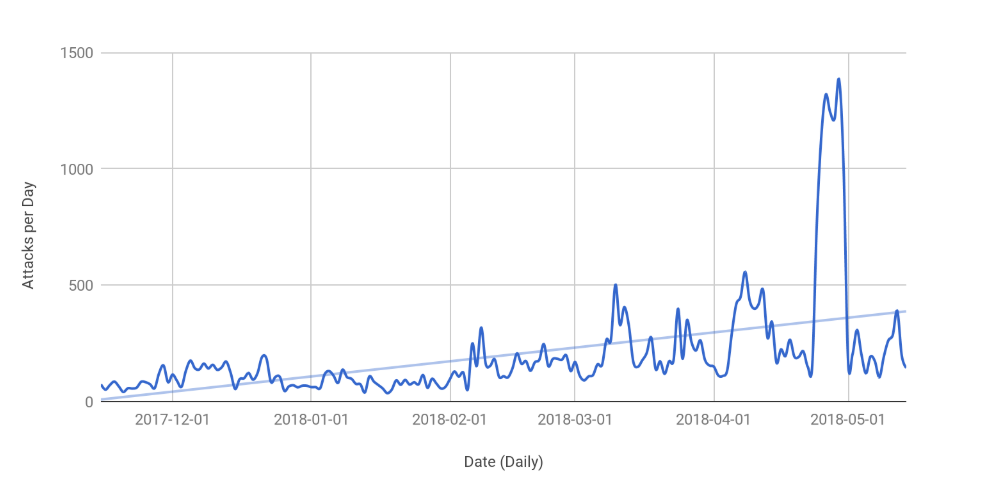
With more and more platforms taking the necessary precautions against DDoS attacks like integrating DDoS mitigation services and increasing bandwidth at weak points, Layer 3 and 4 attacks are just not as effective anymore. For Cloudflare, we have fully automated Layer 3/4 based protections with our internal platform, Gatebot. In the last 6 months we have seen a large upward trend of Layer 7 based DDoS attacks. The key difference to these attacks is they are no longer focused on using huge payloads (volumetric attacks), but based on Requests per Second to exhaust server resources (CPU, Disk and Memory). On a regular basis we see attacks that are over 1 million requests per second. The graph below shows the number of Layer 7 attacks Cloudflare has monitored, which is trending up. On average seeing around 160 attacks a day, with some days spiking up to over 1000 attacks.
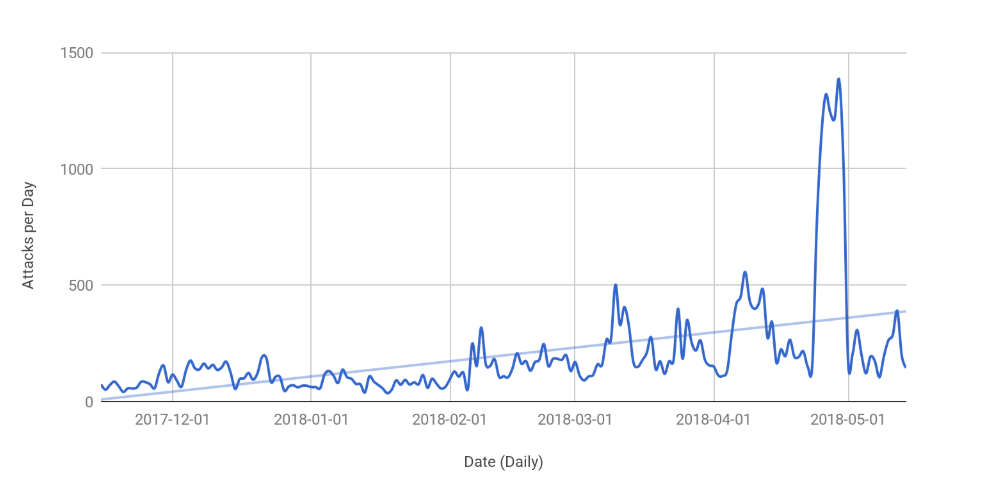
A year ago, Cloudflare released Rate Limiting and it is proving to be a hugely effective tool for customers to protect their web applications and APIs from all sorts of attacks, from “low and slow” DDoS attacks, through to bot-based attacks, such as credential stuffing and content scraping. We’re pleased about the Continue reading

We are now 3 months on from one of the biggest, most significant data breaches in history, but has it redefined people's awareness on security?
The answer to that is absolutely yes, awareness is at an all-time high. Awareness, however, does not always result in positive action. The fallacy which is often assumed is "surely, if I keep my software up to date with all the patches, that's more than enough to keep me safe?". It's true, keeping software up to date does defend against known vulnerabilities, but it's a very reactive stance. The more important part is protecting against the unknown.
Something every engineer will agree on is that security is hard, and maintaining systems is even harder. Patching or upgrading systems can lead to unforeseen outages or unexpected behaviour due to other fixes which may be applied. This, in most cases, can cause huge delays in the deployment of patches or upgrades, due to requiring either regression testing or deployment in a staging environment. Whilst processes are followed, and tests are done, systems are sat vulnerable, ready to be exploited if they are exposed to the internet.
Looking at the wider landscape, an increase in security research Continue reading